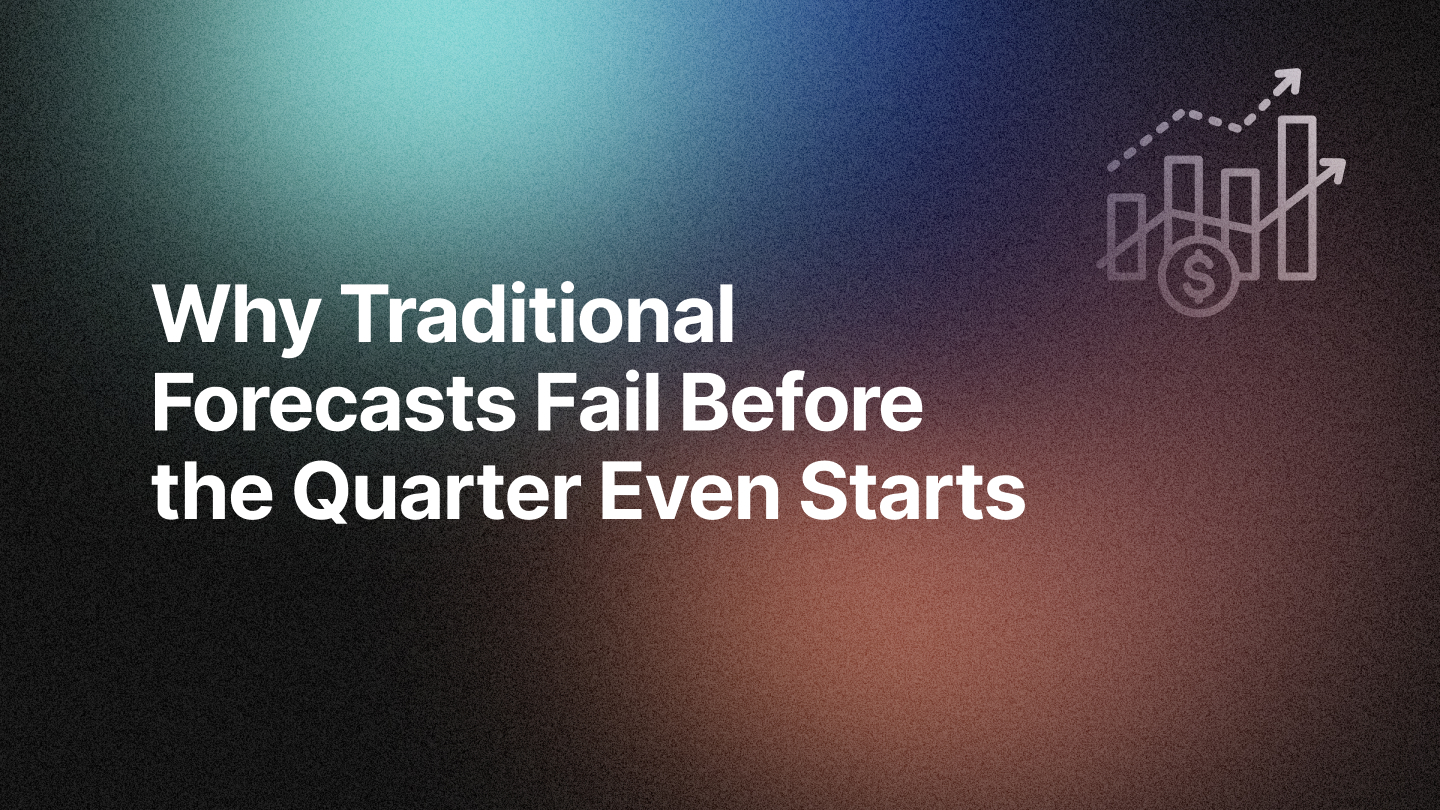The relationship between sales and marketing is a critical driver of growth in B2B SaaS—but more often than not, it’s riddled with challenges. Misalignment between these teams can lead to inefficiencies, wasted resources, and missed revenue opportunities. However, when sales and marketing unite, they create a powerful force that attracts, engages, and converts leads into loyal customers.
This blog dives deep into why aligning sales and marketing is essential for B2B SaaS companies and outlines practical strategies to bridge the gap between these two crucial functions. By leveraging data-driven insights and fostering collaboration, companies can hit their full demand generation potential.
The High Cost of Sales and Marketing Misalignment
Sales and marketing teams have traditionally operated in silos. Marketing is responsible for generating leads, while sales is tasked with closing them. This separation often leads to miscommunication, conflicting priorities, and little to no shared accountability.
According to HubSpot, companies with aligned sales and marketing teams see 208% higher marketing revenue compared to those that operate in silos. Yet, despite this clear advantage, only 22% of organizations report strong alignment.
The results of misalignment are evident: marketing often delivers leads that sales dismiss as unqualified, while sales can overlook high-potential leads due to a lack of context or understanding of marketing’s strategy. The result? Lower conversion rates, longer sales cycles, and stagnant revenue growth.
The Benefits of Aligning Sales and Marketing
When sales and marketing teams work in harmony, the payoff is undeniable. Here are some game-changing benefits of alignment:
Higher Lead Quality and Conversion Rates
When both teams are aligned, they work together to define a high-quality lead. With a shared understanding, marketing can focus on generating leads that meet criteria defined by sales, leading to higher conversions.
Shorter Sales Cycles
Aligned sales and marketing teams share data and insights, allowing sales to tailor their approach based on each lead's journey. This leads to a faster-moving funnel and shorter sales cycles.
More Effective Campaigns
Aligned teams create smarter, more targeted campaigns. Marketing gains valuable insights from sales about customer needs, while sales uses marketing content to reinforce outreach efforts. This synergy results in campaigns that resonate more deeply with prospects, driving stronger results.
Increased Revenue
Ultimately, alignment drives revenue growth. Companies with well-aligned sales and marketing teams see a faster revenue growth rate compared to their peers.
Strategies for Achieving Sales and Marketing Alignment
To achieve alignment, companies must break down silos and promote collaboration. Here are actionable steps to help you align these crucial teams:
Establish Shared Goals and Metrics
Both teams should work towards common goals, such as revenue growth, conversion rates, and customer acquisition costs. By setting shared objectives, such as reducing customer acquisition costs or hitting specific revenue targets, teams can focus on complementary efforts rather than competing priorities.
Leverage Integrated Technology
CRM and marketing automation platforms like Salesforce and HubSpot offer unified visibility into the sales funnel. These tools allow teams to track leads in real time, automate workflows, and analyze performance, ensuring that both sales and marketing are always on the same page.
By providing sales and marketing teams with the tools they need to collaborate effectively, RevSure ensures that your organization can break down silos and unlock the full potential of your demand generation efforts. The result? Shorter sales cycles, higher conversion rates, and, ultimately, accelerated revenue growth.
Foster Regular Communication
Frequent communication is essential. Schedule regular meetings between sales and marketing teams to discuss strategies, share insights, and address challenges. Regular dialogue ensures that both teams stay aligned on priorities, lead quality, and tactical adjustments.
Create Sales-Supporting Content
Marketing should create targeted content—such as case studies, product demos, and personalized email templates—that sales can use to engage prospects at every stage of the funnel. Content aligned with the buyer’s journey can significantly boost lead conversion, especially when it addresses specific pain points.
Align Incentives and Compensation
Tying a portion of marketing’s compensation to the success of sales, such as closed deals or revenue targets, fosters collaboration. Similarly, sales should be incentivized to work with marketing on nurturing leads. This alignment of incentives ensures that both teams have a vested interest in achieving shared goals.
The Role of Attribution in Strengthening Sales and Marketing Alignment
Attribution is more than just a tool for measuring marketing effectiveness—it’s a critical mechanism for aligning sales and marketing teams in B2B SaaS. When both teams have clear visibility into how leads progress through the funnel and what efforts are driving conversions, it promotes better collaboration, shared accountability, and strategic alignment. Here’s how attribution plays a key role in fostering this alignment:
1. Building Trust Between Sales and Marketing
One of the most significant benefits of accurate attribution is its ability to build trust between sales and marketing teams. Attribution eliminates the guesswork around lead quality and campaign effectiveness. When both teams see data-backed evidence of how leads were influenced by marketing efforts before reaching sales, they can confidently work together, knowing that they are aligned on what qualifies as a high-potential lead. This transparency prevents sales from disregarding marketing-generated leads and helps marketing tailor future campaigns based on actual sales feedback.
2. Eliminating the 'Blame Game'
Attribution data clarifies which touchpoints and actions led to conversions, making it easier for both sales and marketing to understand their roles in the customer journey. When there’s clarity on who contributed what to revenue generation, it eliminates the “blame game” that often arises when targets aren’t met. Instead of finger-pointing, attribution fosters a culture of shared success and mutual responsibility, where both teams recognize their contributions and areas for improvement.
3. Creating a Feedback Loop for Continuous Improvement
Attribution provides real-time insights into what’s working and what’s not, allowing sales and marketing to create a continuous feedback loop. Marketing teams can use sales insights to refine their campaigns, focusing on the touchpoints that drive the most qualified leads, while sales can refine their outreach based on lead engagement history. This iterative process ensures that both teams remain aligned on their strategies, continuously improving performance over time.
4. Improving Lead Handoff Processes
One of the most critical points in the sales and marketing relationship is the handoff of leads. Attribution makes this transition smoother by giving sales teams full visibility into how a lead has engaged with marketing content, from initial touchpoints to more direct interactions. With this context, sales can personalize their outreach, improving the likelihood of conversion. Marketing can also ensure that leads handed over to sales meet a certain engagement threshold, minimizing the chance of sending over unqualified leads. This process creates a more seamless lead handoff, reducing friction between the two teams.
By ensuring that both sales and marketing teams have access to the same data and insights, attribution not only helps teams optimize their performance but also strengthens the alignment necessary for driving revenue growth.
Conclusion: The Path to Unified Growth
In B2B SaaS, sales and marketing alignment is essential for achieving long-term success. By fostering collaboration, leveraging shared data, and aligning goals, companies can maximize their demand-generation efforts and drive sustainable growth.
RevSure’s platform is designed to bridge the gap between sales and marketing, offering a unified view of the funnel, real-time performance tracking, and actionable insights. With RevSure, teams can achieve true alignment, streamline demand generation, and unlock the full revenue potential.
Ready to align your sales and marketing teams for growth? RevSure is here to help you take the next step.
Related Blogs







